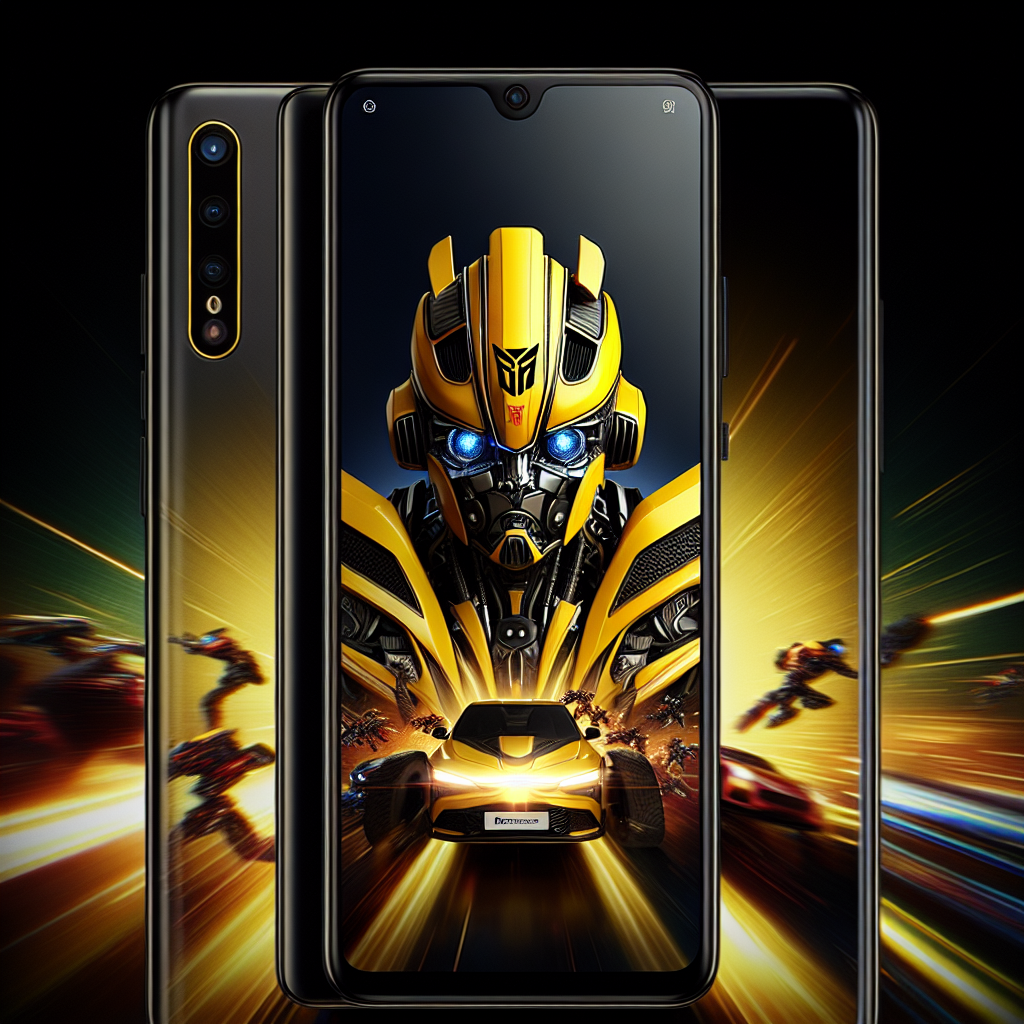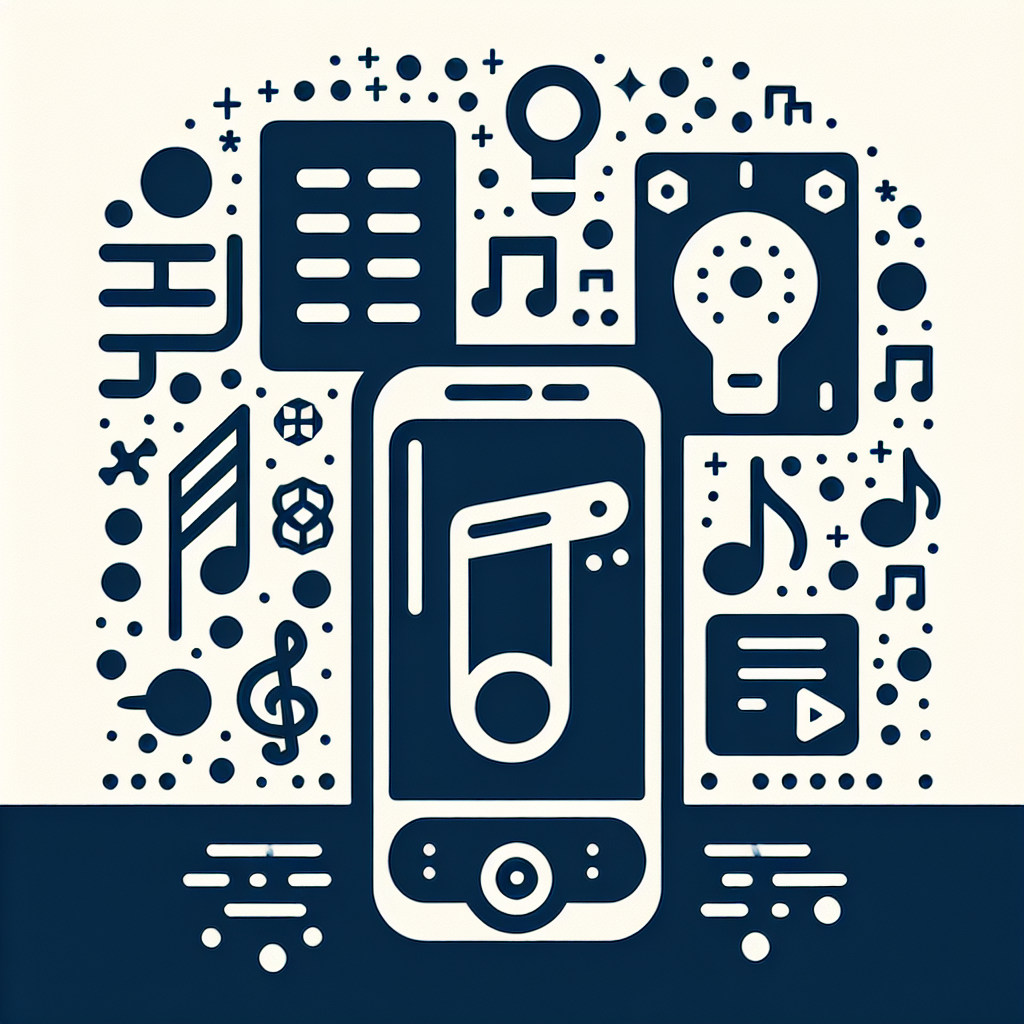Essential Tips for Maintaining Your EV Charger
With the rise of electric vehicles (EVs), maintaining your EV charger is crucial for ensuring efficiency and longevity. In this article, we provide expert tips that focus specifically on how to care for your EV charger, helping you avoid expensive repairs and downtime.

1. Regularly Inspect the Charger
Frequent inspections can help identify issues before they become significant problems. Start by checking the condition of the cables, connectors, and the charger itself for any signs of wear, tears, or corrosion. Look for loose connections as well. Make it a habit to inspect your charger at least once a month to ensure it is in good condition.
2. Keep the Charger Clean
Dust, dirt, and debris can accumulate on your EV charger over time, which can affect its performance. Use a soft cloth and mild soap solution to gently clean the surface of the charger and its components. Avoid using abrasive materials that could scratch or damage surfaces. Additionally, clear any obstructions around the charger to ensure proper air circulation.
3. Check for Firmware Updates
Modern EV chargers often come with firmware that can be updated to enhance performance and fix bugs. Regularly check the manufacturer’s website or the charger’s app for any available updates. To maintain optimal functionality, make it a practice to perform firmware updates whenever available.
4. Inspect Connections and Cables
Cables and connections are critical to the efficient functioning of your EV charger. Look for frays, kinks, or exposed wires, which could signal that it’s time to replace the charging cable. Ensure that your charging plugs fit snugly into the vehicle’s port and that there is no corrosion present, as this can lead to poor connectivity and charging delays.
5. Monitor Charging Performance
Pay attention to how quickly your EV charges. If you notice that charging times are significantly longer than usual, it could indicate a problem with your charger or connections. Keeping a log of charging performance can help you identify trends or issues that need addressing.
6. Store the Charger Properly
If you have a portable EV charger, ensure you store it correctly when not in use. Avoid leaving it exposed to the elements, as moisture and temperature extremes can damage the unit. Utilize a protective case and keep it in a dry, cool location.
7. Protect from Electrical Surges
Power surges can damage your EV charger. To protect against this, consider installing a surge protector dedicated to your EV charger. This additional layer of protection can help safeguard your investment against fluctuating electrical currents.
8. Schedule Professional Maintenance
While regular DIY checks are important, scheduling annual professional inspections can further ensure your EV charger’s optimal performance. A certified technician can identify potential issues that may not be apparent during routine checks and can address any safety concerns.
9. Be Aware of Warranty Guidelines
If your EV charger is still under warranty, familiarize yourself with the maintenance guidelines provided by the manufacturer. Performing non-compliant maintenance could void your warranty, so ensure you adhere to their recommendations for care and service.
10. Educate Yourself on Safety Protocols
Staying informed about safety protocols while using and maintaining your EV charger can prevent accidents and damage. Always follow the manufacturer's instructions regarding usage and maintenance. Understand the signs of electrical issues, such as buzzing noises or burning smells, and know when to disconnect the charger and seek professional assistance.
Conclusion
Maintaining your EV charger is not just about keeping it operational but ensuring it lasts and performs at its best. By following these tips, you can enhance the safety, efficiency, and longevity of your electric vehicle charging station. Regular inspections, cleanliness, and professional check-ups are key practices that will pay off long-term. Prioritize maintenance, and you will have a reliable charging solution for years to come.
New posts

How Cities Are Adapting to Electric Vehicle Charging: Innovations and Strategies
Sustainability

Emerging Trends in Electric Vehicle Charging Standards: What to Watch for in 2024
Sustainability

The Future is Bright: EV Charging and Home Solar Panel Integration Explained
Home Improvement

Shaping Tomorrow: The Future of Bidirectional Charging for Electric Vehicles
Sustainability

Innovative EV Charging Startups Revolutionizing the Future
Startups

Understanding EV Charging Networks in Europe: A Comparative Analysis
Electric Vehicles

Choosing the Perfect EV Charger for Your Vehicle: A Comprehensive Guide
Home Improvement

The Role of Energy Storage Systems in EV Charging Setups
Sustainability

Essential Steps for EV Home Charging Installation
Home Improvement

Top Solar Panels for EV Charging: The Smart Choice for Eco-Friendly Drivers
Electric Vehicles
Popular posts

How to Reset Your EV Charger: A Comprehensive Guide
Home Improvement

EV Charger Firmware Updates: What You Need to Know
Firmware-Updates

Exploring the Latest EV Charging Station Design Trends
Technology Trends
DIY Guide to Installing a Wallbox: A Step-by-Step Approach
DIY

Future Trends in Public EV Charging: What to Expect in the Coming Years
Sustainability

Understanding the Difference Between AC and DC Chargers: Key Insights
Energy Efficiency

Insights from the Frontline: Interviews with EV Charging Industry Experts
Interviews

The Future of EV Charging Stations and Smart Grid Integration: Transforming Energy Management
Sustainability

Breakthroughs in Wireless EV Charging: The Future of Electric Mobility
Innovation

EV Charging Myths vs Facts: Debunking Common Misconceptions
Sustainability